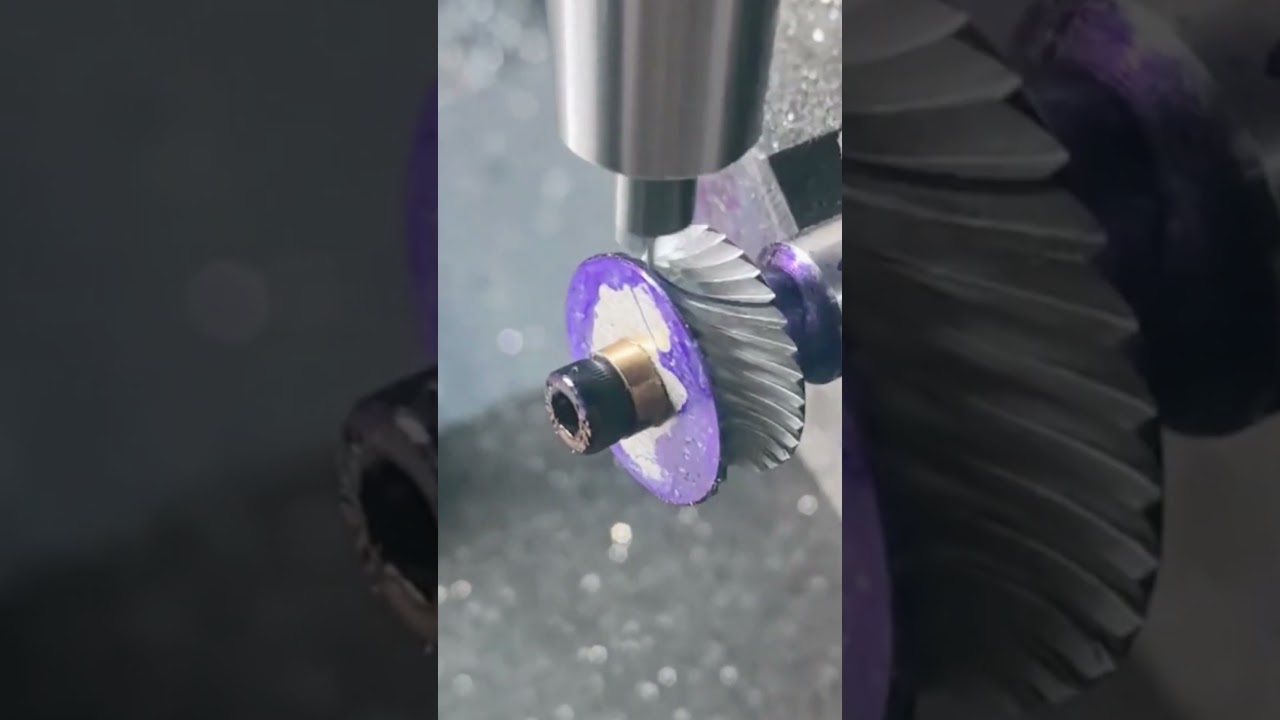The Evolution of CNC Machining: Revolutionizing the Automobile Industry
The automotive industry is one of the most competitive and rapidly evolving sectors in the world. With constant pressure to reduce costs, improve quality, and increase efficiency, manufacturers are always looking for new ways to stay ahead of the curve. One technology that has been at the forefront of this evolution is CNC machining. In this article, we’ll explore the role of CNC machining in the automobile industry, its benefits, and how it’s helping to shape the future of manufacturing.
A Brief History of CNC Machining
Computer Numerical Control (CNC) machining has been around for decades, but its application in the automobile industry has been relatively recent. The term "CNC" was coined in the 1950s, when computer-controlled machines first began to replace traditional manual machining techniques. However, it wasn’t until the 1980s and 1990s that CNC machining began to gain widespread acceptance in the manufacturing world. Today, CNC machining is an integral part of the automobile industry, used in everything from engine production to component manufacturing.
How CNC Machining Works
CNC machining is a manufacturing process that uses computer-controlled machines to remove material from a workpiece, typically by cutting or drilling. The process typically involves the following steps:
- Design and programming: A design is created using computer-aided design (CAD) software, which is then translated into a G-code that the CNC machine can understand.
- Machine preparation: The workpiece is placed on the CNC machine, and the machine is calibrated and set up for the specific operation.
- Cutting or drilling: The CNC machine follows the G-code instructions, cutting or drilling the material according to the design specifications.
- Inspection and quality control: The finished product is inspected to ensure it meets the required specifications.
The benefits of CNC machining in the automobile industry are numerous. Some of the most significant advantages include:
Increased Precision and Accuracy
CNC machining offers unparalleled precision and accuracy, allowing for the creation of complex parts and components with high surface finish and tight tolerances. This is particularly important in the automobile industry, where even small deviations from specifications can have significant consequences.
Improved Efficiency and Productivity
CNC machining is a highly efficient and productive process, allowing manufacturers to produce high-quality parts quickly and cost-effectively. This is achieved through the use of computer-controlled machines that can operate 24/7, without the need for human intervention.
Reduced Labor Costs
CNC machining significantly reduces labor costs, as machines can perform tasks that would otherwise require skilled laborers. This represents a significant cost savings, especially in countries where labor costs are high.
Enhanced Product Quality
CNC machining allows for the creation of high-quality parts with minimal defects, which is critical in the automobile industry. By ensuring that every part meets precise specifications, manufacturers can increase product quality and reduce warranty claims.
Environmental Benefits
CNC machining is a more environmentally friendly process than traditional manufacturing methods. Metal removal is precise and controlled, minimizing waste and reducing the environmental impact of production.
custom CNC Machining for the Automobile Industry
The automobile industry is a perfect candidate for custom CNC machining. Here are some examples of how CNC machining is being used in the industry:
- Engine component production: CNC machining is used to produce engine components, such as cylinder heads, engine blocks, and valve train parts.
- Transmission component manufacturing: CNC machining is used to produce transmission components, such as gears, shafts, and bearings.
- Body and chassis component production: CNC machining is used to produce body and chassis components, such as door panels, hoods, and bumpers.
- Electrical and electronics component production: CNC machining is used to produce electrical and electronics components, such as wiring harnesses, connectors, and switches.
Conclusion
CNC machining has revolutionized the automobile industry, offering a range of benefits that include increased precision and accuracy, improved efficiency and productivity, reduced labor costs, enhanced product quality, and environmental benefits. As the industry continues to evolve, CNC machining will play an increasingly important role in the production of high-quality, high-performance components. Whether you’re an automaker, a supplier, or a manufacturer, understanding the benefits and applications of CNC machining is essential to staying ahead in this competitive industry.
In conclusion, the future of the automobile industry is being shaped by CNC machining. As technology continues to advance, we can expect to see even more innovative applications of CNC machining in the years to come.
Daguang focuses on providing solutions such as precision CNC machining services (3-axis, 4-axis, 5-axis machining), CNC milling, 3D printing and rapid prototyping services.

















